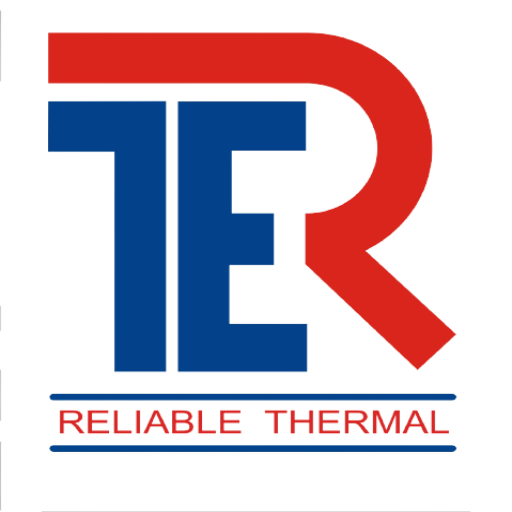Pollution Controls
- Bag Filters
- Electrostatic Precipitator
- Wet Scrubber
Bag Filters
In reverse pulse-jet baghouses, individual bags are supported by a metal cage (filter cage), which is fastened onto a cell plate at the top of the baghouse. Dirty gas enters from the bottom of the baghouse and flows from outside to inside the bags. The metal cage prevents collapse of the bag.
Bags are cleaned by a short burst of compressed air injected through a common manifold over a row of bags. The compressed air is accelerated by a venturi nozzle mounted at the reverse-jet baghouse top of the bag. Since the duration of the compressed-air burst is short (about 0.1 seconds), it acts as a rapidly moving air bubble, traveling through the entire length of the bag and causing the bag surfaces to flex. This flexing of the bags breaks the dust cake, and the dislodged dust falls into a storage hopper below.
Reverse pulse-jet dust collectors can be operated continuously and cleaned without interruption of flow because the burst of compressed air is very small compared with the total volume of dusty air through the collector. On account of this continuous-cleaning feature, reverse-jet dust collectors are usually not compartmentalized.
The short cleaning cycle of reverse-jet collectors reduces recirculation and redeposit of dust. These collectors provide more complete cleaning and reconditioning of bags than shaker or reverse-air cleaning methods. Also, the continuous-cleaning feature allows them to operate at higher air-to-cloth ratios, so the space requirements are lower.
A digital sequential timer turns on the solenoid valve at set intervals to inject air into the blow pipe and clean the filters


Electrostatic Precipitator
An electrostatic precipitator is a type of filter (dry scrubber) that uses static electricity to remove soot and ash from exhaust fumes before they exit the smokestacks.[2] This one common air pollution control device. Most power stations burn fossil fuels such as coal or oil to generate electricity for use. When these fuels undergo combustion, smoke is produced.[3] Smoke consists of tiny particles of soot that are suspended in hot, rising air. These unburned particles of carbon are pulled out of the smoke by using static electricity in the precipitators, leaving clean, hot air to escape the smokestacks.[2] It is vital to remove this unreacted carbon from the smoke, as it can damage buildings and harm human health – especially respiratory health.
Wet Scrubber
A wet scrubber or wet scrubber system is one type of scrubber that is used to remove harmful materials from industrial exhaust gases—known as flue gas—before they are released into the environment. It was the original type of scrubbing system, and utilizes a wet substance to remove acidic gases that contribute to acid rain.
When using a wet scrubber, flue gas is funnelled through an area and sprayed with a wet substance. Water is used when dust and particulate matter is to be removed, but other chemicals can be added. These chemicals are chosen to specifically react with certain airborne contaminants—generally acidic gases. This process adds significant amounts of vapour to the exhaust—which causes the release of exhaust that appears as white smoke when vented.
One reason for the development of dry scrubbing was because the sprayed water added considerable weight and volume to the waste, which led to difficulties in storing and disposing of the waste material.

